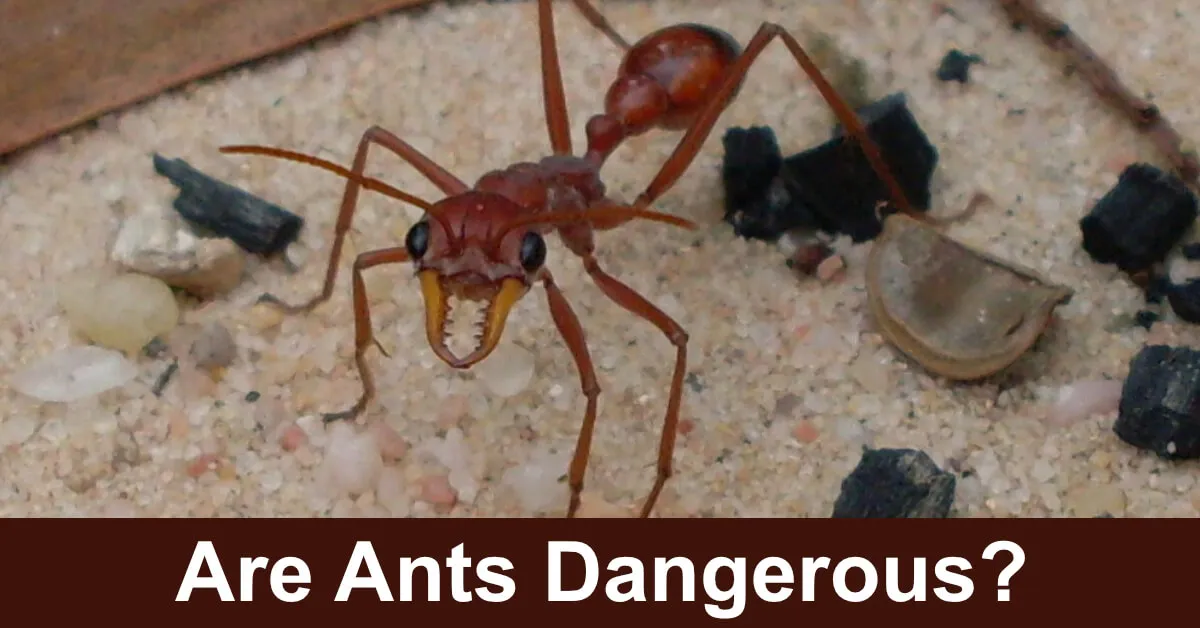Ants vs Tarantulas Unveiling the Deadly Threats
Tarantulas, with their impressive size and fearsome reputation, often reign as the kings and queens of their micro-habitats. However, these eight-legged predators aren’t invincible. One of the most persistent and often underestimated threats to tarantulas comes from an unlikely foe ants. While a single ant might seem insignificant, certain ant species can pose a significant danger, potentially leading to severe injury or even death for a tarantula. Understanding the specific ant species that threaten tarantulas, the nature of the harm they inflict, and effective prevention strategies is crucial for any tarantula owner or enthusiast. This article delves into the top 5 deadly ant threats to tarantulas, providing insights into how to protect these fascinating creatures.
The Most Dangerous Ant Species for Tarantulas
Not all ants are created equal when it comes to their threat to tarantulas. Some ant species are more aggressive, possess potent venom, or have behaviors that make them particularly dangerous to these arachnids. Several factors contribute to an ant’s danger level, including its size, the presence of a stinger or powerful mandibles, and the ability to swarm. Furthermore, the environment in which a tarantula lives plays a role. Different ant species thrive in various climates and habitats, meaning the specific threats will vary depending on the tarantula’s location and enclosure. Being able to identify these species is a key to safeguarding your tarantula.
Fire Ants The Tarantula’s Fiery Nemesis
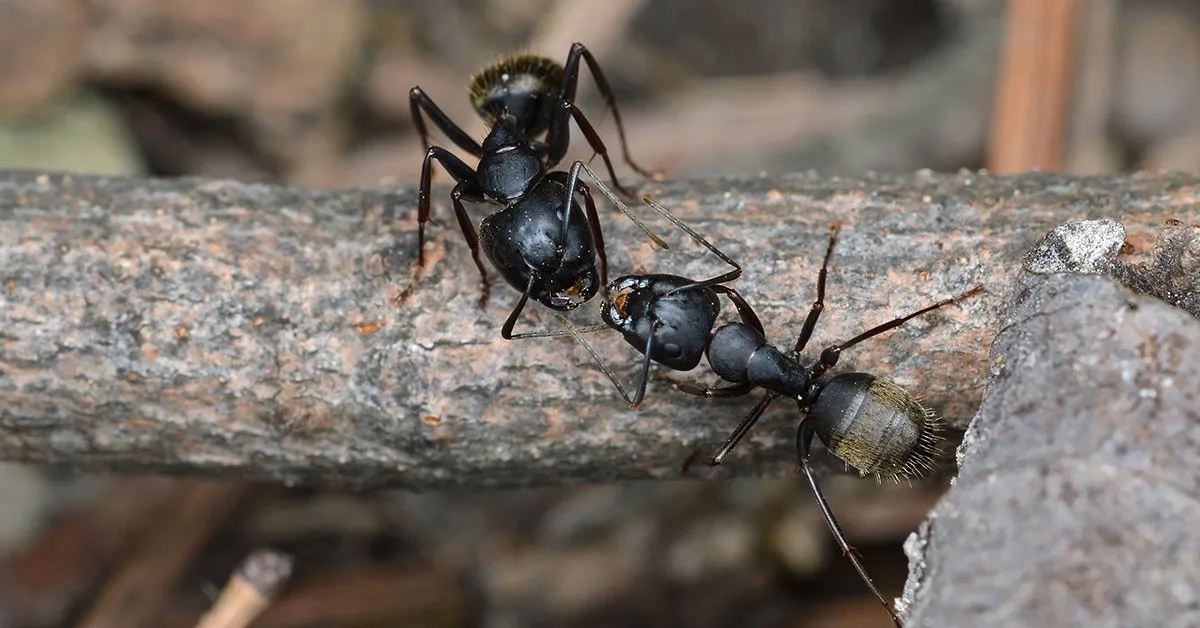
Fire ants (Solenopsis invicta) are notorious for their aggressive behavior and painful sting. Their venom is composed of alkaloids, which cause a burning sensation and can trigger allergic reactions in some individuals. Fire ants attack in swarms, overwhelming their prey with sheer numbers. For tarantulas, fire ants present a significant threat because they can infiltrate enclosures and attack the spider, inflicting multiple stings. These stings can cause severe irritation, inflammation, and potential secondary infections, especially if the tarantula is already weakened or molting. The fire ant’s persistent nature means that even a few ants can pose a considerable danger to a tarantula.
Bullet Ants The Painful Predator
Bullet ants (Paraponera clavata) are aptly named for their extremely painful sting, which is considered one of the most painful insect stings in the world. These ants are larger than many other ant species and possess a potent venom that can cause intense pain and neurological effects. The bullet ant’s sting is a significant threat because it delivers a concentrated dose of venom directly into the tarantula’s body. Even a single sting can be debilitating, causing paralysis or severe distress. Their aggressive nature and ability to deliver multiple stings make them a grave danger to tarantulas, particularly to smaller or more vulnerable individuals. The bullet ant’s sting is known to cause excruciating pain and can lead to serious health complications for the tarantula.
Harvester Ants A Persistent Problem
Harvester ants (Pogonomyrmex) are known for their strong mandibles and aggressive foraging behavior. While their sting may not be as potent as that of fire ants or bullet ants, their persistent attacks and tendency to swarm can be a threat. These ants often target tarantulas, biting and stinging them repeatedly. This constant barrage of attacks can cause considerable stress and physical damage. Harvester ants can also be a problem in the tarantula enclosure, competing for resources and potentially disrupting the spider’s habitat. Moreover, their ability to create extensive underground nests can undermine the enclosure’s stability, posing a risk to the tarantula. Their constant presence makes them a nuisance and a persistent threat.
Argentine Ants A Hidden Danger
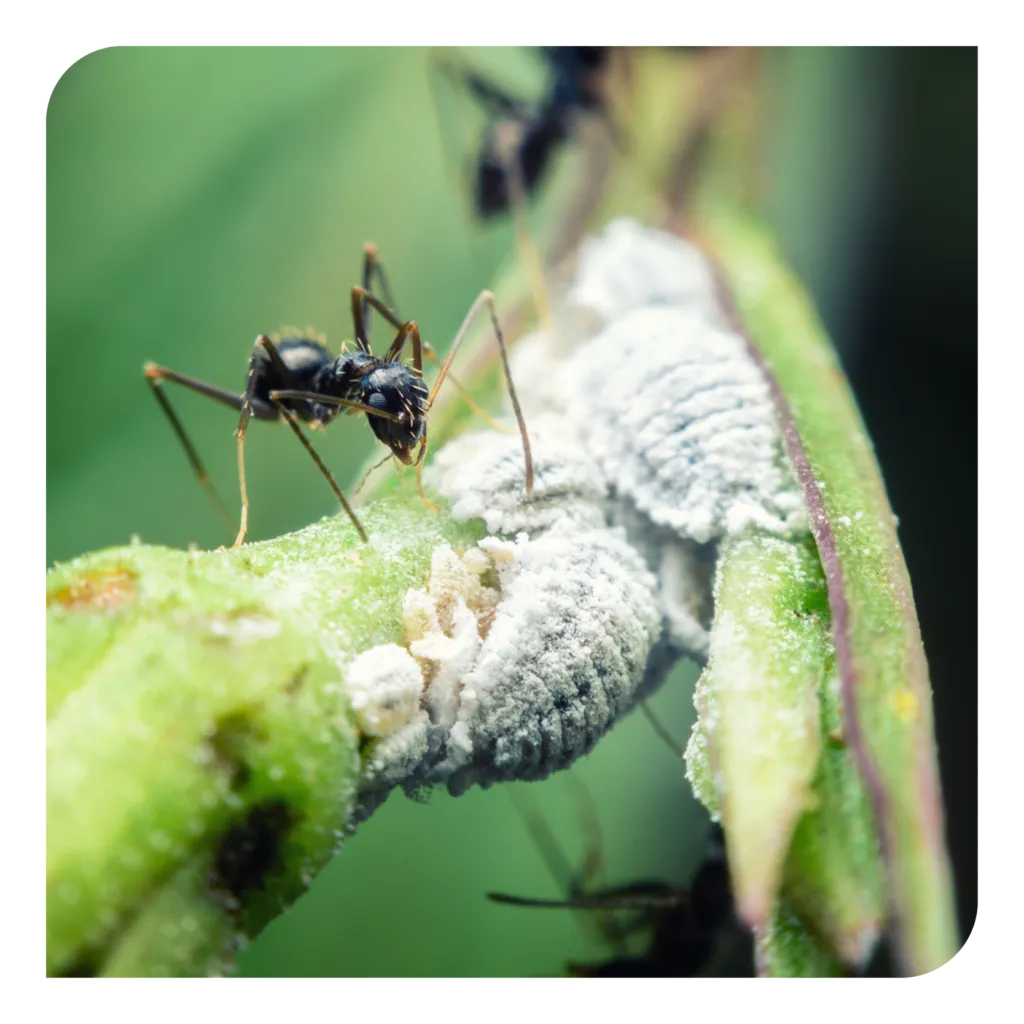
Argentine ants (Linepithema humile) are an invasive species that often forms supercolonies, consisting of millions of individuals. These ants are not as aggressive as fire ants, but their sheer numbers and ability to infiltrate virtually any space make them a considerable threat. Argentine ants will swarm a tarantula’s enclosure, looking for food and water. They are not as inclined to sting like other species, but their collective action can be lethal. They can stress a tarantula. In addition, they can cause the tarantula to move constantly, decreasing its chance of survival. Their prevalence in many areas and their tendency to colonize quickly make them a common danger for tarantulas. The continuous swarm can overwhelm the tarantula.
The Impact of Ant Attacks on Tarantula Health
The impact of ant attacks on a tarantula’s health can range from minor irritation to severe injury and even death. Ants can directly harm tarantulas through bites and stings, introducing venom and causing physical damage. The severity of the harm depends on the ant species, the number of attacks, and the tarantula’s size and overall health. Prolonged exposure to ant attacks can also lead to secondary complications. These include infections and stress, which further compromise the tarantula’s well-being. Understanding these impacts is essential to effectively protect tarantulas from ant infestations.
Physical Injuries from Ant Bites
Ant bites and stings can cause direct physical injuries to tarantulas. The mandibles of some ant species can inflict painful bites, while others, like fire ants and bullet ants, have stingers that inject venom. These injuries can cause localized pain, inflammation, and swelling. The exoskeleton of a tarantula, although tough, is not invulnerable, and multiple bites or stings can cause significant damage. In extreme cases, ant attacks can lead to paralysis or even death, especially for younger or smaller tarantulas. The direct physical trauma associated with ant attacks can be severe, impacting the tarantula’s ability to move, eat, and defend itself.
The Spread of Infections via Ants
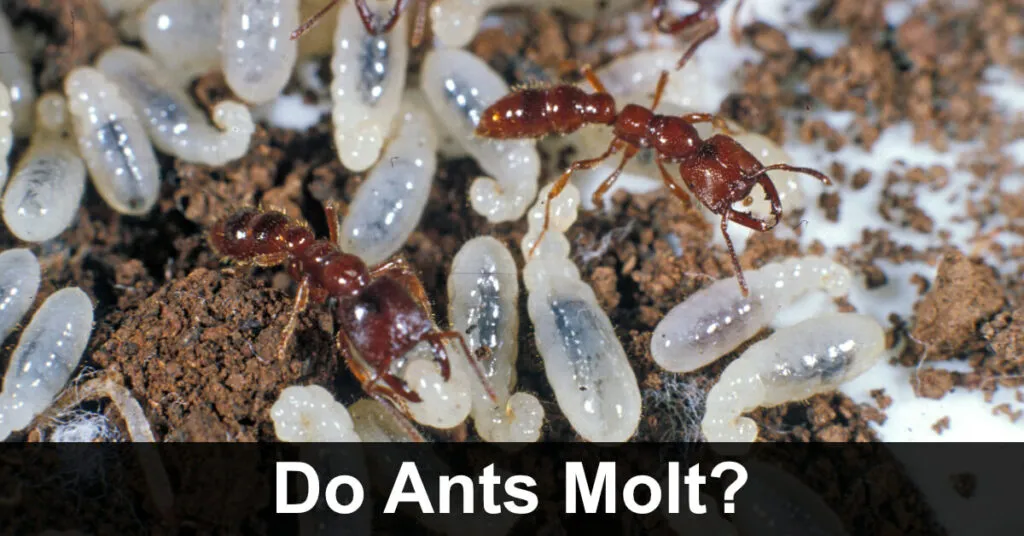
Ants can also act as vectors for infections, transmitting bacteria and other pathogens to tarantulas. When ants come into contact with contaminated surfaces or decaying matter, they can pick up harmful microorganisms. If these ants then bite or come into contact with a tarantula’s wounds, they can transfer these pathogens, leading to infections. The risk of infection is particularly high if the tarantula is injured from bites or stings. Infections can cause serious health complications, including sepsis and other life-threatening conditions. The spread of infections by ants highlights the importance of maintaining a clean and sterile environment for tarantulas to minimize the risk of disease.
Effective Strategies for Preventing Ant Infestations
Preventing ant infestations is the best way to protect your tarantula from harm. Several strategies can be employed to keep ants out of tarantula enclosures and the surrounding environment. These methods range from simple housekeeping practices to the use of natural and chemical repellents. Implementing a combination of these techniques will provide the most comprehensive protection for your tarantula. Remember, a proactive approach is vital to maintaining a safe habitat for these fascinating creatures.
Maintaining a Clean Tarantula Enclosure
A clean enclosure is the first line of defense against ants. Regularly cleaning the enclosure removes food sources and potential entry points for ants. This involves removing uneaten food, dead insects, and any other organic debris. Substrate should be replaced regularly, and the enclosure should be wiped down with a mild, pet-safe disinfectant. Ensure proper ventilation to keep the enclosure dry, as ants are attracted to moisture. By keeping the enclosure spotless, you eliminate the resources that attract ants and reduce the likelihood of an infestation. The routine cleaning and maintenance prevent many pest problems.
Using Natural Repellents Against Ants
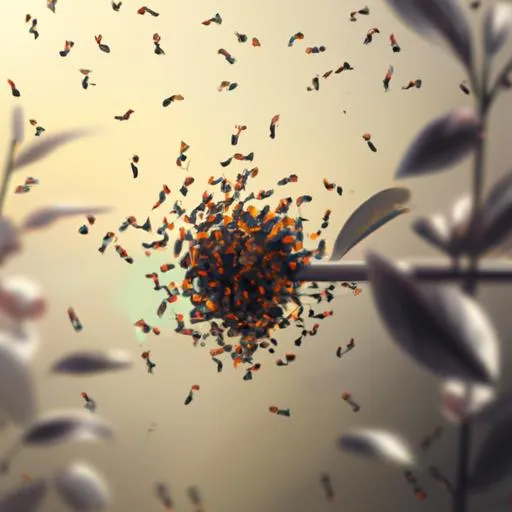
Natural repellents offer a safe and effective way to deter ants without using harsh chemicals. Cinnamon, for example, is a natural ant repellent. Sprinkling cinnamon around the enclosure or at potential entry points can help keep ants away. Diatomaceous earth (DE), a fine powder made from fossilized algae, is another effective option. When ants come into contact with DE, it damages their exoskeletons, leading to dehydration and death. DE should be used with caution, ensuring it is food-grade and not inhaled by the tarantula or the owner. Other natural repellents include peppermint oil and citrus peels. These natural repellents provide a safe method to prevent ant infestation.
Chemical Control Options Safe for Tarantulas
When natural methods aren’t enough, chemical control options may be necessary. However, it is essential to use products that are safe for tarantulas. Many insecticides are toxic to spiders. Insecticides containing pyrethrins or pyrethroids, when applied correctly, can be effective against ants. They work by disrupting the ant’s nervous system. When using any insecticide, always follow the manufacturer’s instructions carefully and keep the tarantula and its enclosure away from direct contact. Consider barrier treatments, such as applying insecticide around the perimeter of the enclosure. Be certain to prioritize the tarantula’s health and well-being when using chemical controls.
Protecting Your Tarantula from Ant Invasion
Protecting your tarantula from ants involves a multi-faceted approach. It requires diligence, careful observation, and a willingness to adapt your strategies as needed. Regularly inspect the tarantula’s enclosure and the surrounding area for signs of ants. Early detection is vital for effective control. If you find ants, identify the species to determine the best control methods. Use a combination of preventative measures, such as maintaining a clean enclosure and using natural repellents, to minimize the risk of an infestation. If an infestation occurs, act promptly to eliminate the ants while ensuring the safety of your tarantula. By implementing these strategies, you can provide your tarantula with a safe and healthy environment.
In conclusion, ants present a significant and sometimes deadly threat to tarantulas. Being aware of the specific ant species, the dangers they pose, and the available prevention strategies is essential for anyone who keeps tarantulas. By following the guidelines outlined in this article, you can protect your tarantula from the hazards of ant attacks and ensure its well-being. Remember, vigilance and proactive management are the keys to a safe and healthy environment for these fascinating creatures.
